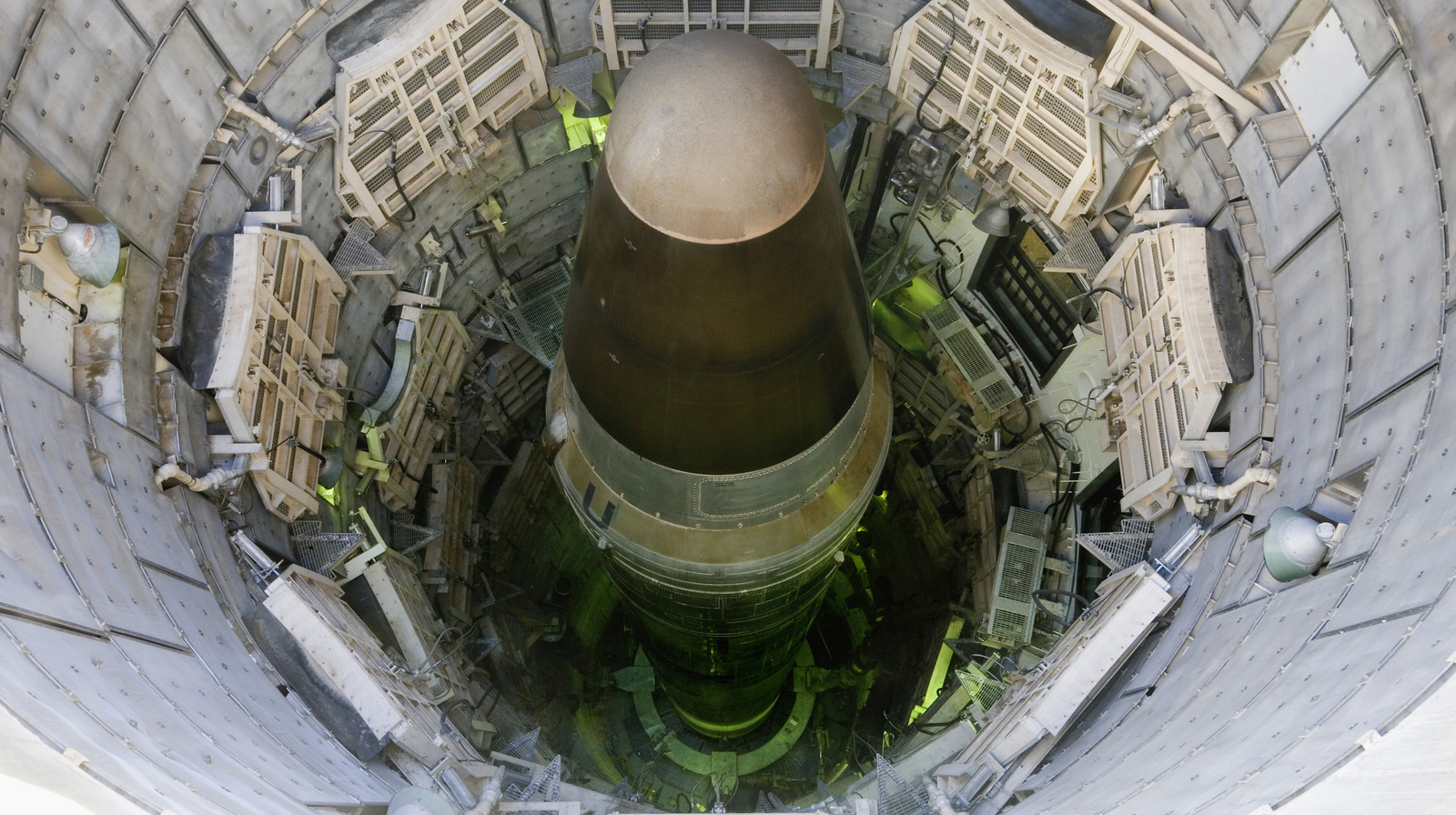The Hadron Collider 2.0 is Coming: A Giant Leap or a Giant Gamble?
Particle physics may not be trending on TikTok, but make no mistake—it’s quietly hosting the biggest show in science. At the heart of this...


Particle physics may not be trending on TikTok, but make no mistake—it’s quietly hosting the biggest show in science. At the heart of this show is CERN’s famous Large Hadron Collider (LHC), the 27-kilometer underground ring beneath the Franco-Swiss border that changed modern physics with the 2012 discovery of the Higgs boson. But that was over a decade ago. Since then, the LHC has been the scientific equivalent of a rock band trying to follow a legendary debut album.
In response, CERN is tuning up for its sequel: the Future Circular Collider (FCC)—a massive, high-stakes scientific instrument designed to take particle collisions to unprecedented energy levels and, hopefully, reveal answers to the deepest questions in physics. Think of it as the LHC's bigger, bolder, and far more expensive sibling.
Let’s break down what this particle-smashing behemoth is all about, why it matters, and why not everyone’s on board with this $30 billion scientific moonshot.
The Large Hadron Collider: A Brief Recap of Scientific Glory
Built by the European Organization for Nuclear Research (CERN), the Large Hadron Collider is still the largest and most powerful particle accelerator in the world. Since 2008, it has accelerated protons and other particles to near light speed and collided them to study the fundamental constituents of matter. Its crowning achievement came in 2012 with the discovery of the Higgs boson, confirming the existence of the particle responsible for giving mass to other particles—an essential component of the Standard Model of particle physics.
To put numbers into context:
- LHC Energy Output: Up to 14 teraelectronvolts (TeV).
- Construction Cost: Around $4.75 billion (2008 USD).
- CERN’s Annual Budget: Approximately $1.4 billion.
- Annual Power Consumption: Roughly 1.3 terawatt-hours, similar to a small city.
However, the LHC has since struggled to deliver the same level of breakthroughs. While it remains the pinnacle of high-energy physics infrastructure, the frontier has moved. Dark matter, dark energy, and quantum gravity—these remain unsolved mysteries.
Enter the Future Circular Collider.
Meet the Future Circular Collider: The Godzilla of Colliders
The FCC, proposed in 2019, is CERN's answer to the growing need for a next-generation collider that can smash particles at higher energies and in larger volumes. It represents an audacious attempt to probe energy scales far beyond the LHC.
How much bigger and better?
- Circumference: 91 kilometers (three times longer than the LHC's 27 km).
- Location: Planned to be built underground around Geneva, extending even under Lake Geneva.
- Collision Energy: Up to 100 TeV, 7 times that of the LHC.
- Expected Excavation: 16.5 million tons of rock and soil.
- Construction Timeline: Start in the 2030s, fully operational by 2070.
- Cost Estimate: Between $17 billion and $30+ billion.
That’s right—the FCC will collide particles with 100,000,000,000,000 electronvolts of energy. Why? Because to see smaller particles and subtler physics, you need to go bigger in energy. It's the physics equivalent of needing a stronger microscope to see smaller bacteria.
What the FCC Hopes to Find
While the LHC confirmed parts of the Standard Model, it left too many questions unanswered:
- Dark Matter: Makes up about 27% of the universe, but no one knows what it actually is.
- Dark Energy: Accounts for 68% of the universe, responsible for its accelerating expansion—still unexplained.
- Matter-Antimatter Asymmetry: Why is there more matter than antimatter in the universe?
- Gravity and Quantum Mechanics: Still un-unified.
- Beyond the Higgs: Are there multiple types? Are there related particles?
The FCC, with its vastly higher energies, is expected to either discover new particles or identify anomalies that crack open new theories.
In its first phase, it will function as a Higgs factory—generating and studying the Higgs boson in huge quantities to analyze its properties with unparalleled precision. If any deviation from the Standard Model is found, it could signal the presence of new physics.
Technology Behind the Magic: Superconductors, Cryogenics, and More
To achieve its goals, the FCC will utilize:
- Superconducting magnets operating at temperatures near absolute zero to steer particles.
- Vacuum tubes to ensure particle beams don't scatter.
- Cryogenic systems for maintaining operating temperatures around 1.9 Kelvin (colder than outer space).
- RF cavities to accelerate particles in the beam to near-light speeds.
Each of these systems demands innovation that may have civilian spin-offs, including:
- Better magnetic levitation transport (maglev trains).
- Advanced medical imaging and cancer treatment (via particle beams).
- More efficient vacuum pumps and cryogenic systems used in various industries.
The Price of Knowledge: $30 Billion and Counting
Here's where the particle train hits a red signal: money.
- Initial Phase (Higgs Factory): Estimated at $17 billion.
- Full Implementation: Could exceed $30 billion, not accounting for inflation or technological challenges.
- Feasibility Study: Already allocated $125 million, expected to conclude by early 2025.
Compare that to:
- CERN’s entire annual budget of $1.4 billion.
- Germany’s annual contribution: $300 million (~21% of CERN’s budget).
- France, the UK, and Italy also contribute heavily based on GDP.
Germany has already voiced opposition to a 12% increase in contributions. The risk is that if some members pull back, the project could collapse or worse—be left incomplete after massive investments, as happened with the U.S. Superconducting Super Collider in 1993, which was canceled after spending $2 billion.
Divided We Smash: The Internal Conflict at CERN
While many at CERN, including current Director-General Fabiola Gianotti and her successor Mark Thomson, support the FCC, not everyone is on board.
Critics argue:
- There’s no guarantee that higher energies will lead to meaningful discoveries.
- It might monopolize scientific funding for decades, sidelining other essential research.
- It's driven partly by institutional momentum and job security for thousands of physicists.
Helena Abramowicz, a physicist at Tel Aviv University, put it bluntly: "The issue is whether the community is willing to sacrifice the next 50 years to get a toy which may or may not be the way for fixing the Standard Model."
There’s also concern that strategy documents were modified to prioritize the FCC over other alternatives, potentially sidelining broader community input.
The Strategic Vote: Timeline and Approval
The decision to proceed with the FCC is not yet made. CERN's feasibility study is due in early 2025, after which the CERN Council, made up of delegates from 24 member states, will vote between 2027 and 2028 on whether to approve construction.
If approved:
- Construction could begin in the early 2030s.
- First experiments (Higgs factory mode) could start by the 2040s.
- Full proton-proton collision mode expected by 2070.
Final Thoughts: Science, Sacrifice, and the Shape of the Universe
The Future Circular Collider isn't just a bigger science project—it’s a philosophical question with a $30 billion price tag: How much is humanity willing to invest in understanding the universe?
Yes, the risks are enormous. Yes, the project could fail to deliver transformative insights. But so could skipping it altogether. Much of modern technology, from Wi-Fi to MRI machines, came from physics experiments that weren’t supposed to be "practical."
At stake is not just scientific knowledge, but global collaboration, technological innovation, and possibly the next quantum leap for human civilization.
In the words of Nobel laureate Leon Lederman, “The reason we do physics is because we want to know how everything works. Even if it means smashing things into tiny bits and hoping something interesting flies out.”
So, will Hadron Collider 2.0 be our next giant leap—or an expensive stumble into the scientific unknown? The answer lies in a vote yet to be cast, in a tunnel yet to be built, and in particles yet to collide.









































































































































































![[The AI Show Episode 144]: ChatGPT’s New Memory, Shopify CEO’s Leaked “AI First” Memo, Google Cloud Next Releases, o3 and o4-mini Coming Soon & Llama 4’s Rocky Launch](https://www.marketingaiinstitute.com/hubfs/ep%20144%20cover.png)





























































































































![[DEALS] The All-in-One Microsoft Office Pro 2019 for Windows: Lifetime License + Windows 11 Pro Bundle (89% off) & Other Deals Up To 98% Off](https://www.javacodegeeks.com/wp-content/uploads/2012/12/jcg-logo.jpg)



























![Is this too much for a modular monolith system? [closed]](https://i.sstatic.net/pYL1nsfg.png)






















































































































_Andreas_Prott_Alamy.jpg?width=1280&auto=webp&quality=80&disable=upscale#)




























































































![What features do you get with Gemini Advanced? [April 2025]](https://i0.wp.com/9to5google.com/wp-content/uploads/sites/4/2024/02/gemini-advanced-cover.jpg?resize=1200%2C628&quality=82&strip=all&ssl=1)













![Apple Shares Official Trailer for 'Long Way Home' Starring Ewan McGregor and Charley Boorman [Video]](https://www.iclarified.com/images/news/97069/97069/97069-640.jpg)
![Apple Watch Series 10 Back On Sale for $299! [Lowest Price Ever]](https://www.iclarified.com/images/news/96657/96657/96657-640.jpg)
![EU Postpones Apple App Store Fines Amid Tariff Negotiations [Report]](https://www.iclarified.com/images/news/97068/97068/97068-640.jpg)
![Apple Slips to Fifth in China's Smartphone Market with 9% Decline [Report]](https://www.iclarified.com/images/news/97065/97065/97065-640.jpg)


































































































































